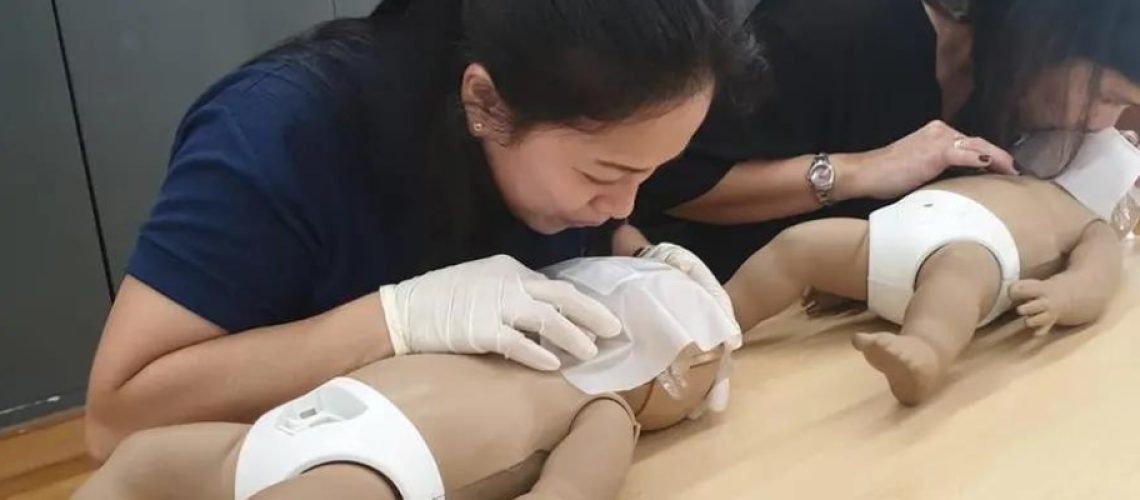Going back to school with a strong understanding of water safety and basic first aid is paramount.
Dubai, UAE – As the new school year is just around the corner, Blueguard, the trusted authority on water safety and first aid in the UAE, is committed to providing essential expertise and guidance for a secure and informed back-to-school transition.
Going back to school with a strong understanding of water safety and basic first aid is paramount, especially for schools and activities involving swimming and other water-based pursuits.
In an effort to promote water safety, Blueguard underlines the following key water safety tips:
For Parents and Guardians:
- Lifeguard presence: Ensure that swim classes have dedicated lifeguards. In busier pools, consider the need for multiple lifeguards.
- Ensuring adequate supervision: It’s important to be aware that swim coaches or P.E. staff in the water teaching are not substitutes for lifeguards. Blueguard recommend that they possess comprehensive water safety rescue skills and CPR training for added safety.
- Verifying staff qualifications: Verify that swim coaches or P.E. staff hold the necessary qualifications to effectively teach swimming. This step ensures a high standard of instruction and safety for all students involved.
- Coach–student ratio: Ensure that the ratio of swim coaches to students is appropriate for safer supervision.
- Trust your instincts: If something appears unsafe or feels concerning, don’t hesitate to ask questions to ensure the safety of children.
Staying Hydrated and Safe:
- Stay hydrated: Encourage children to drink water regularly throughout the day, even when not feeling thirsty, to maintain proper hydration.
- Sun safety: Ensure children wear suitable clothing and apply sunscreen to shield themselves from the sun’s rays.
- Healthy drinks: Advise against the consumption of sugary beverages and energy drinks, as they can lead to dehydration.
- Time wisely: Help children avoid direct sun exposure during the hottest midday hours when the sun’s intensity is strongest.
- Check urine colour: Teach children to observe the colour of their urine; pale-yellow colour signals good hydration, while dark yellow or amber suggests dehydration.
- Listen to their bodies: Teach children to recognise signals of thirst, dry mouth, or dizziness, indicating their body’s need for fluids.
By following these simple steps, parents and educators can ensure the well-being and hydration of the children in their care.





